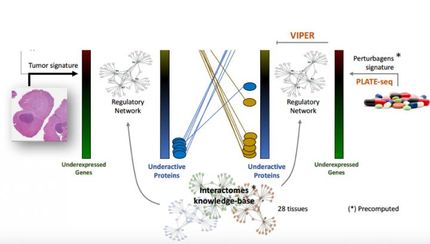Researchers of VTT, the University of Turku and the University of Heidelberg discover new information on spreading of cancer
Advertisement
A joint research group of VTT Technical Research Centre of Finland and the University of Turku, led by Professor Johanna Ivaska, has discovered a mechanism lung cancer cells use when spreading into the body to form metastases. The study has been published in Science Signaling. In cooperation with the University of Heidelberg, they have also found a factor controlling the spreading of several different cancer types. The common feature in both findings is that they explain the lethal ability of cancer cells to “start running” and spread from the original tumour to other parts of the body.
Videos made by the research group’s PhD student Saara Tuomi on migrating lung cancer cells revealed to the group that the cells move using their adhesion receptors in a manner that was previously unknown. The new finding of the research group reveals that cancer cells are able to change in such a manner that a factor that previously assisted them in staying in place starts to assist the cells’ adhesion receptors and is thus the precondition needed by the cells to migrate. The group found evidence suggesting that the tumours of lung cancer patients who died because of metastases had cells that started moving using this previously unknown mechanism. The finding opens new opportunities for the development of medicine because the migration mechanism is not vital for normal cells.
The research group led by Professor Johanna Ivaska found in cooperation with researchers of the University of Heidelberg a new factor that controls the appearance of cancer cell adhesion receptors in several cancer types. The new protein has been named SCAI. The name means a cancer invasion inhibitor. The research shows that many cancers are able to eliminate the suppressing factor. This result is the cancer adding the number of its adhesion receptors on the surface of the cells and starting effective spreading. Thus, the fact that the suppressing factor is eliminated makes it possible for the cancer to spread.
When combined, these findings increase the understanding of how cancer spreads and may influence future trends in cancer research.
Original publications: Tuomi, S., Mai, A., Nevo, J., Öhman, T.J., Gahmberg, C.G., Parker, P.J. and Ivaska, J.; Science Signaling 2009.
Brandt DT, Baarlink C, Kitzing TM, Kremmer E, Ivaska J, Nollau P, Grosse R.; Nat Cell Biol.; 11(5): 557-68..
























































